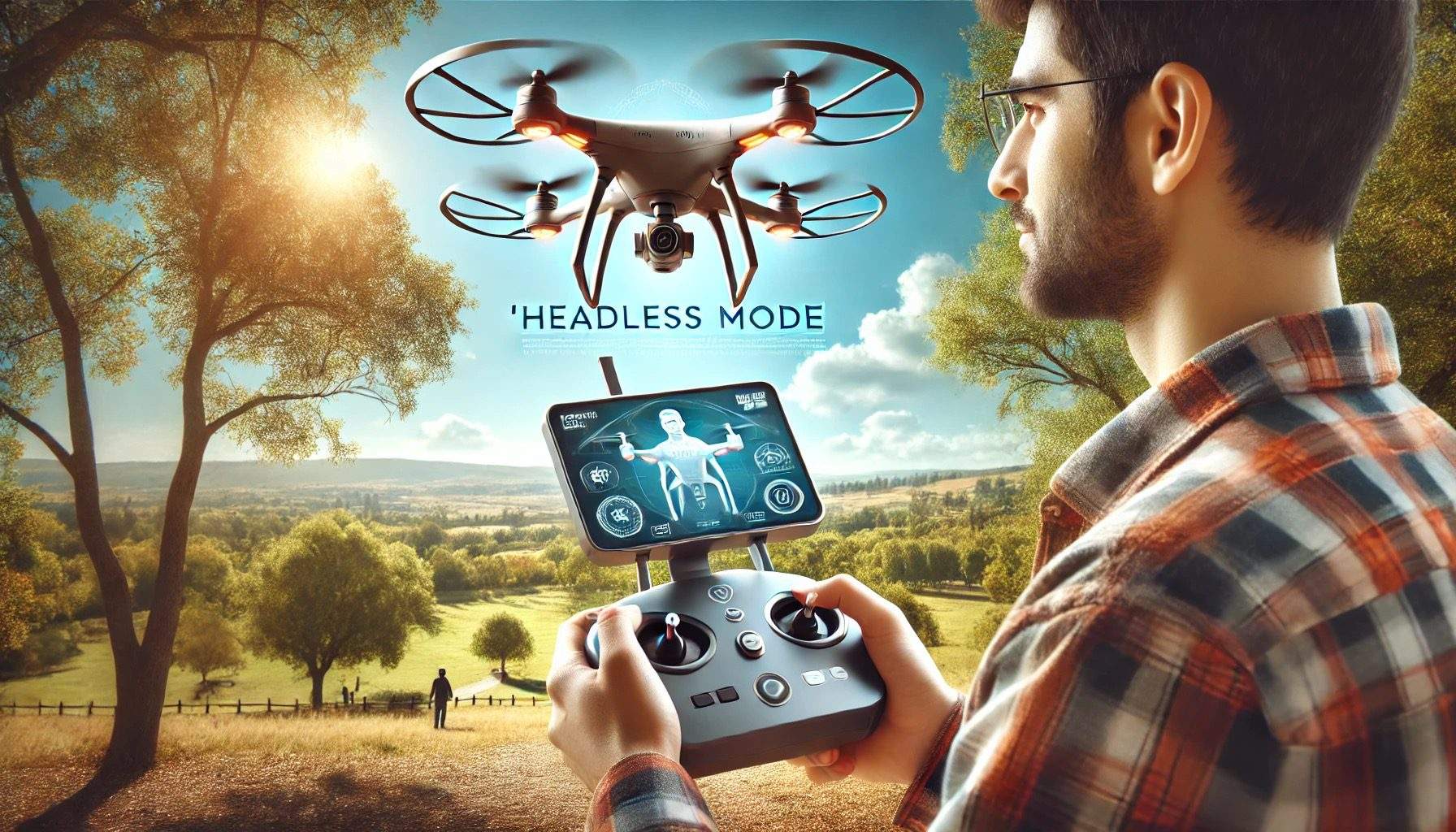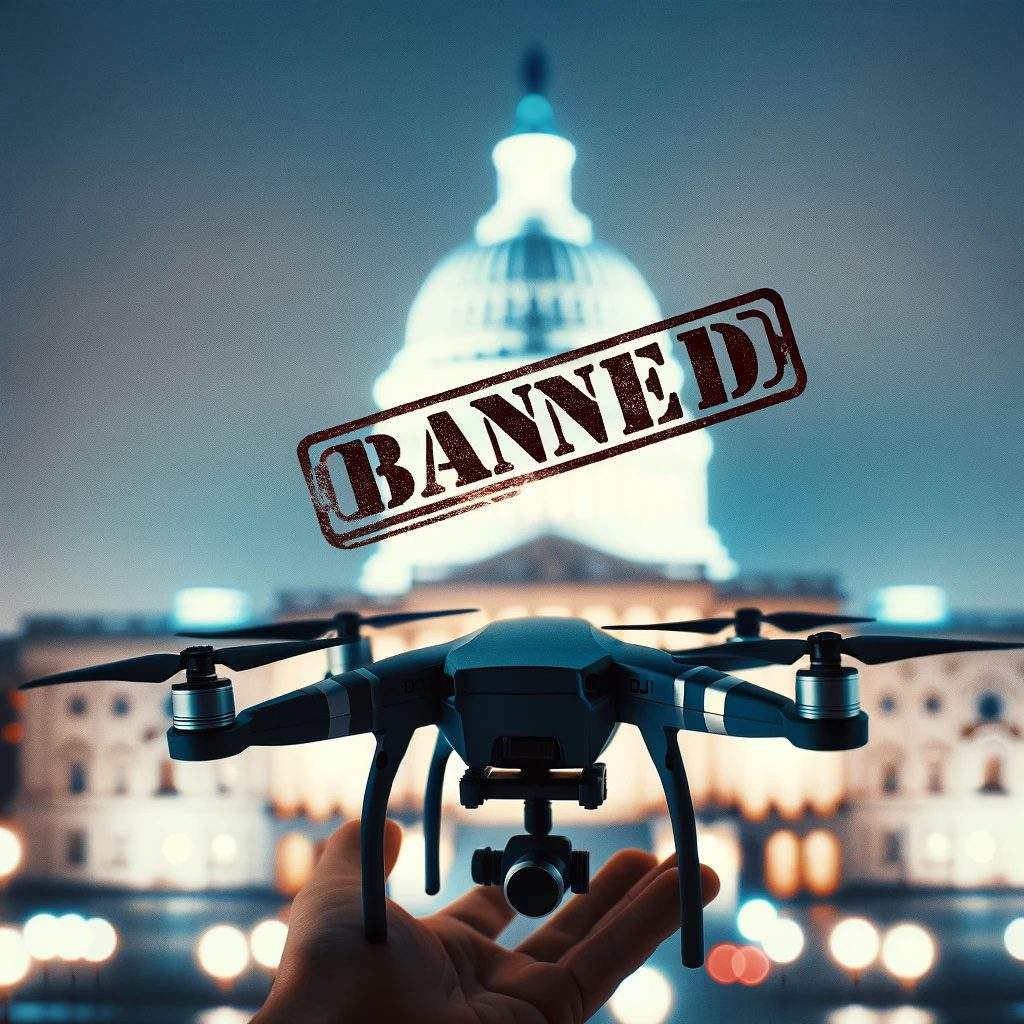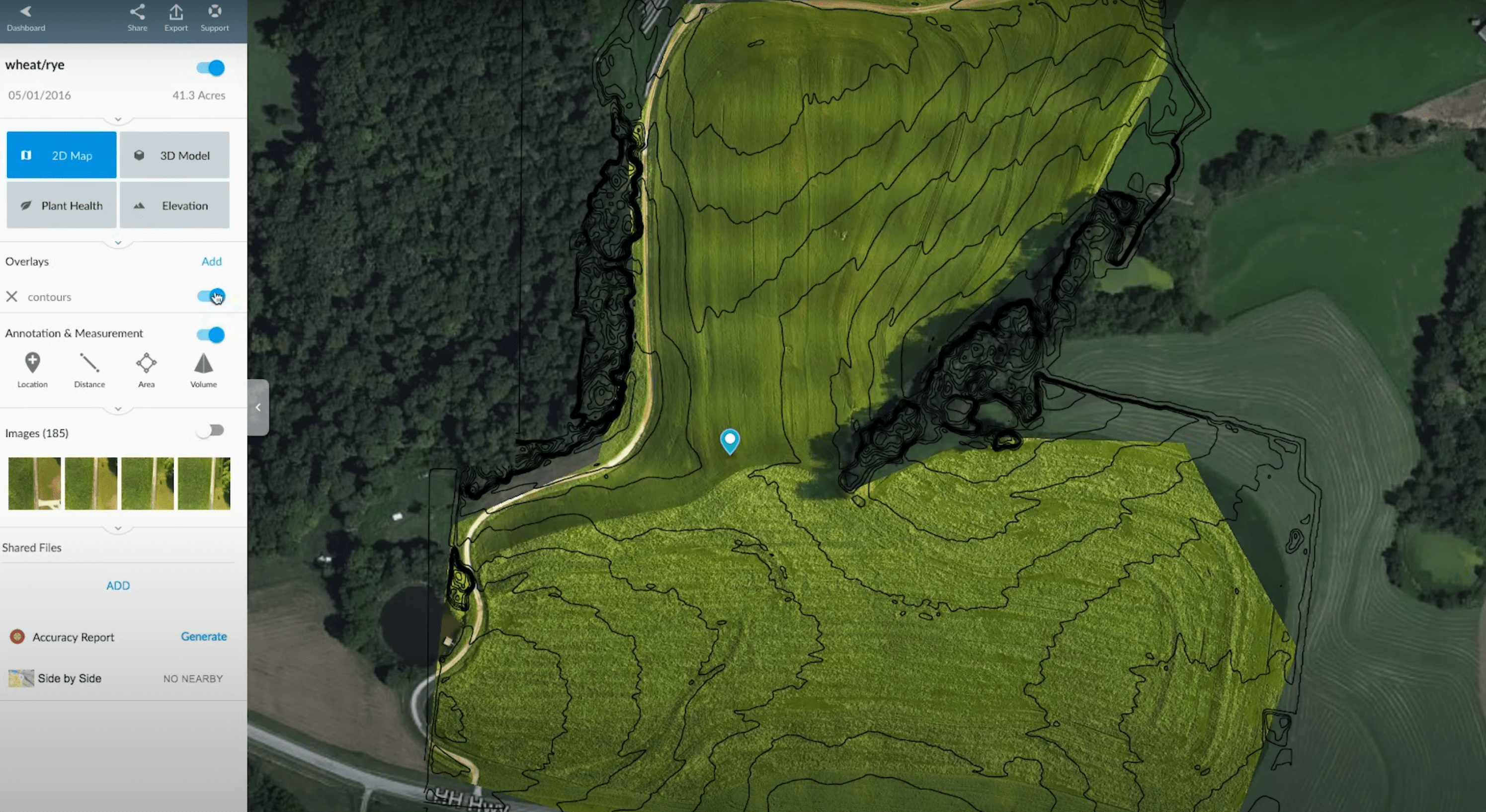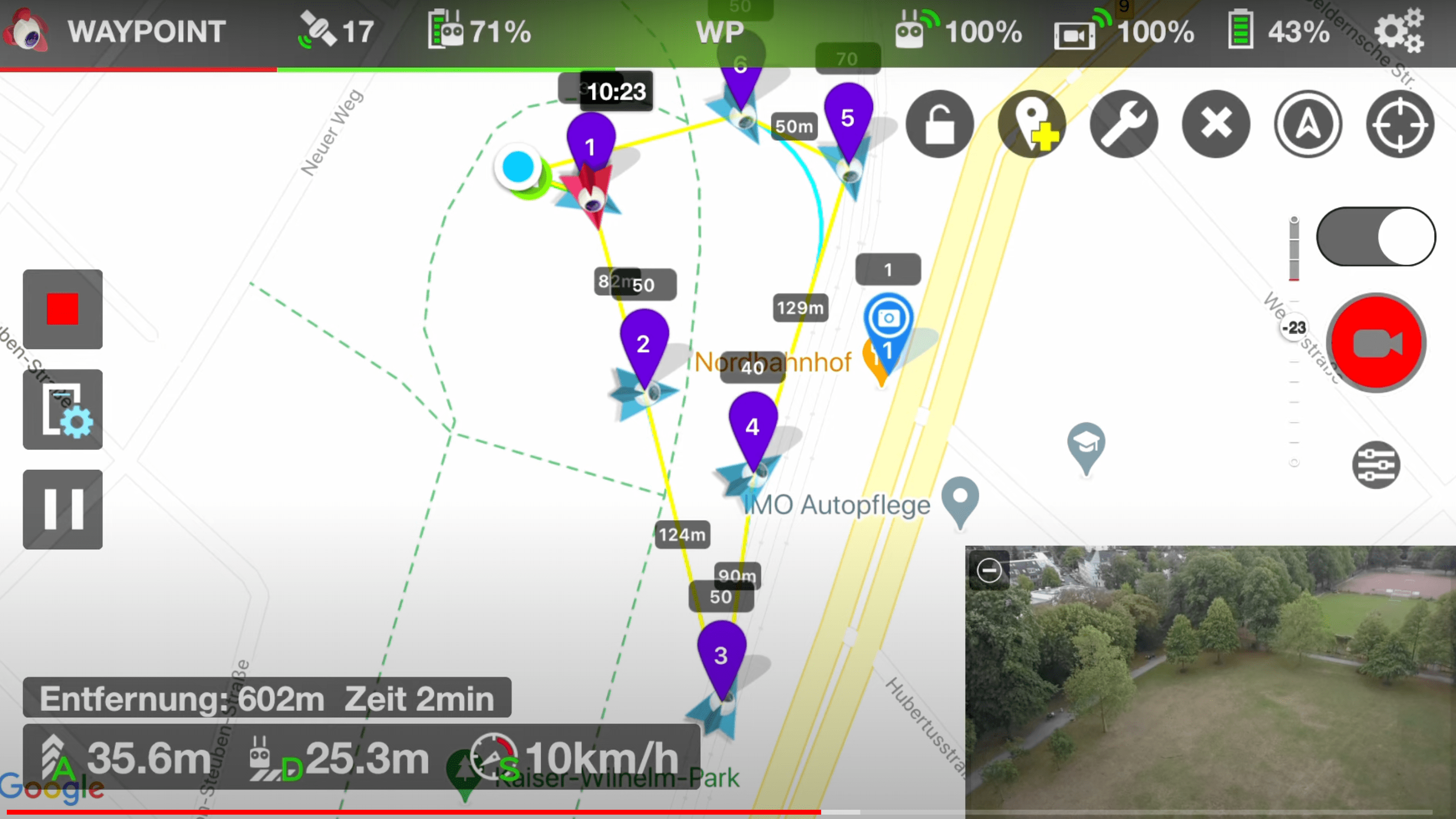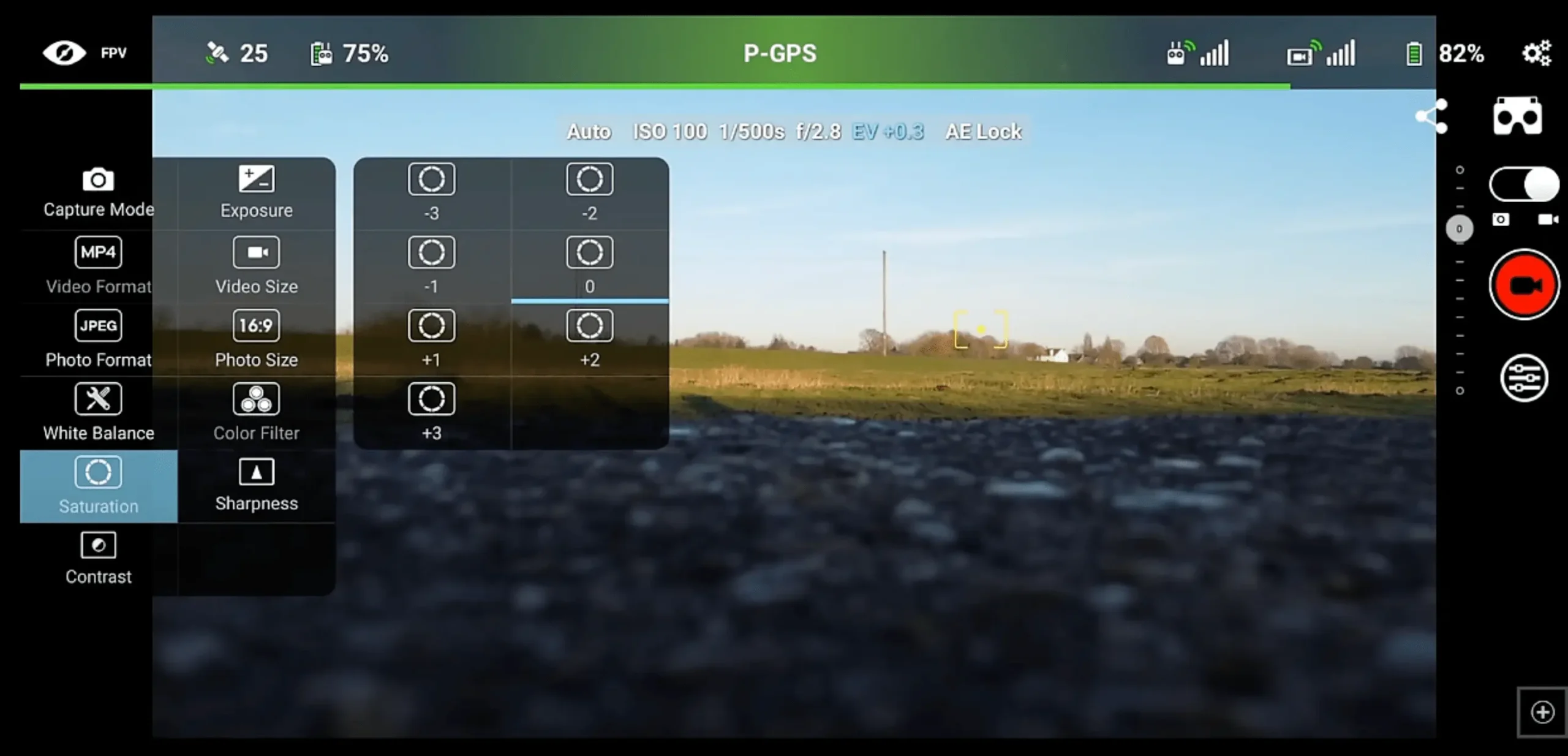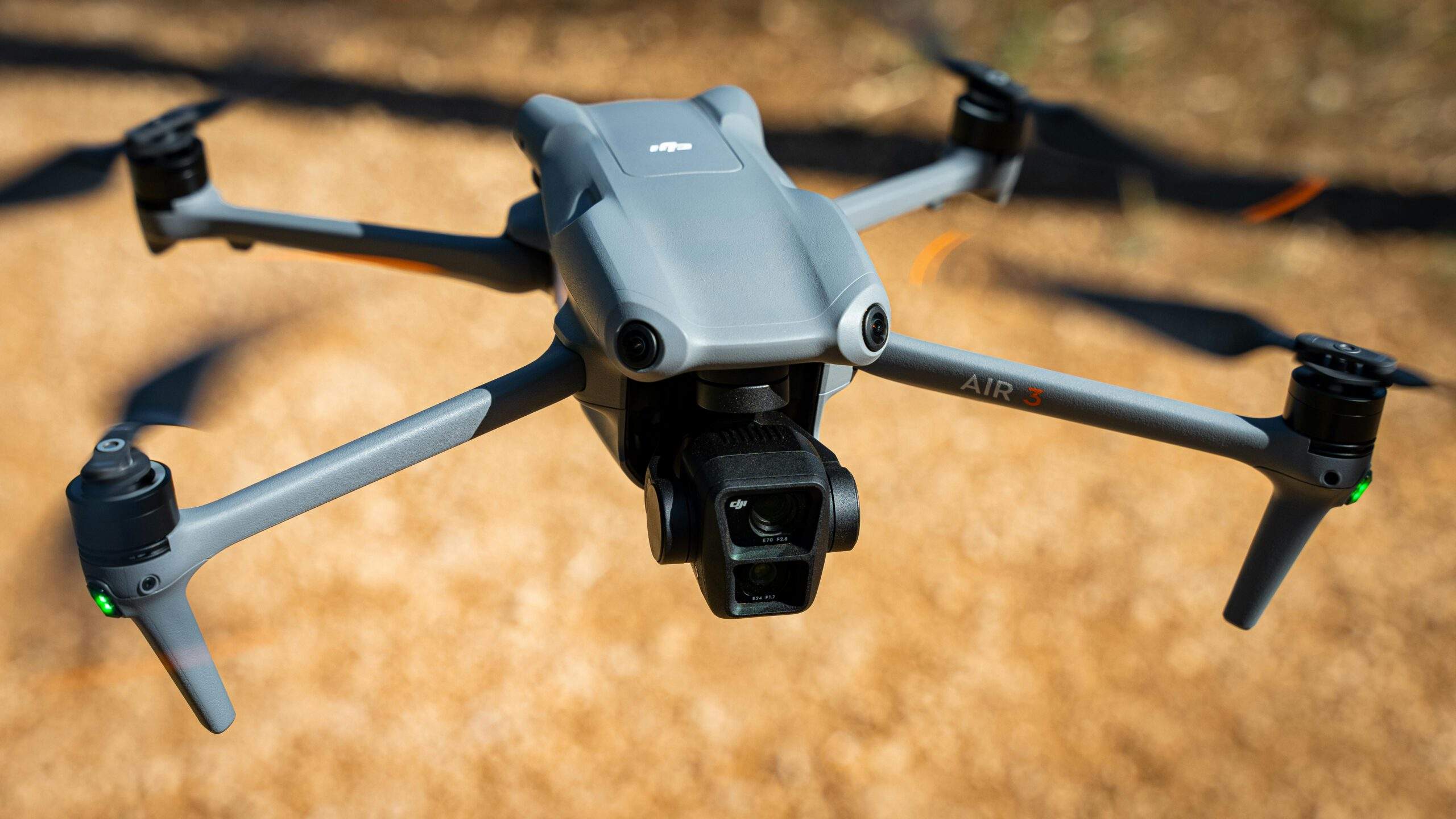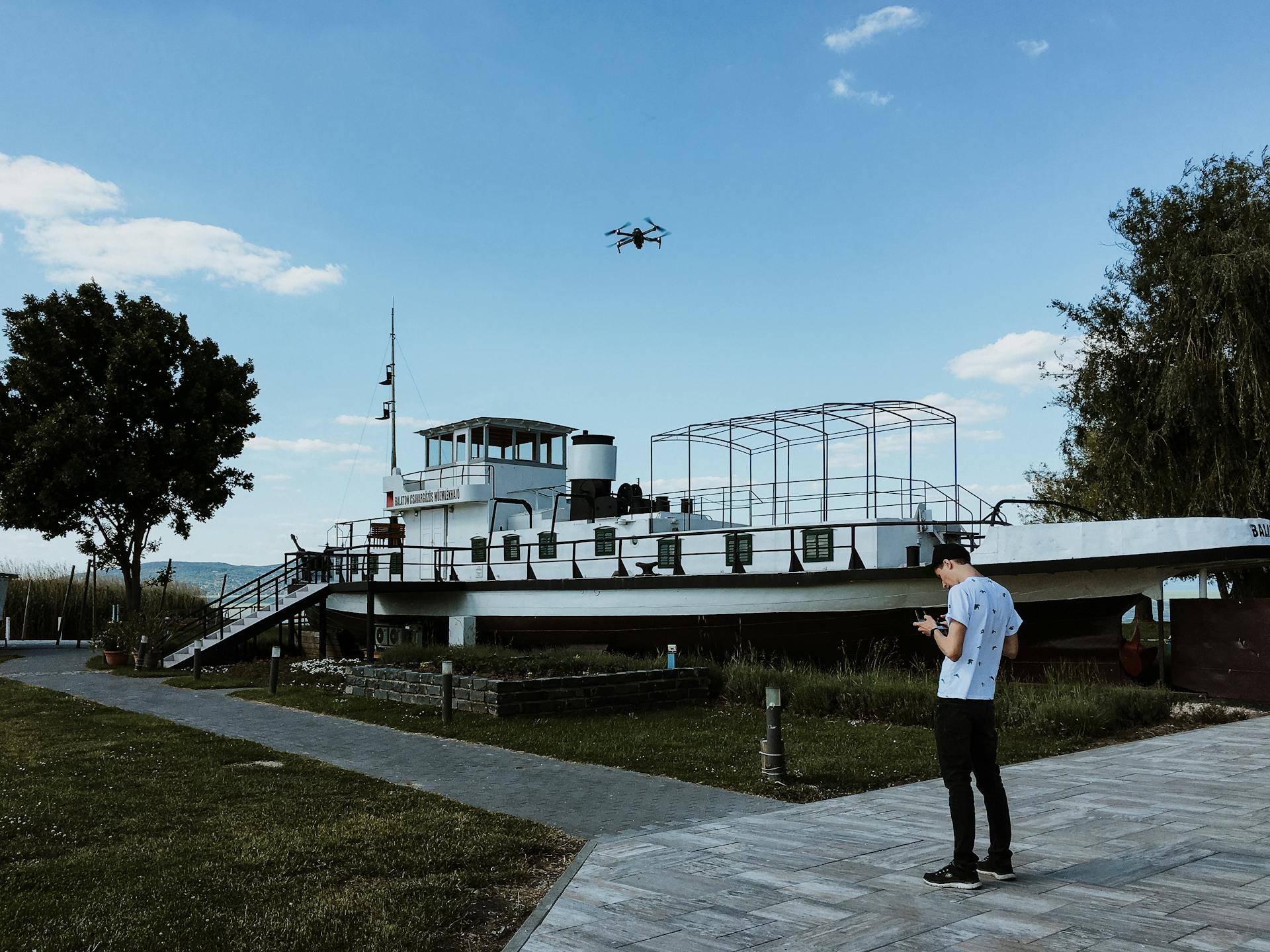Welcome to an in-depth exploration of the significant changes coming to EU drone regulations, effective from January 1, 2024. In a world where drone technology is rapidly evolving, these updates are essential for ensuring safety, privacy, and standardization in EU airspace. This comprehensive guide aims to dissect these changes in detail, highlighting their impact on both drone enthusiasts and professionals.
Background of EU Drone Regulations
EU drone regulations have consistently adapted to keep pace with the fast advancements in drone technology. Initially established to manage the growing use of drones across various sectors, these regulations aim to address challenges related to safety, privacy, and efficient airspace management. With multiple revisions over the years, the 2024 changes mark a significant evolution in this regulatory journey. They are designed to further harmonize drone operations across the EU, addressing the complexities and inconsistencies that have arisen over time. These regulations not only reflect the EU’s commitment to technological advancement but also its dedication to public safety and privacy concerns.
Key Changes Effective January 1, 2024
The year 2024 marks a pivotal shift in the EU’s approach to drone regulation. The introduction of drone classes based on risk assessment is a key aspect of this transformation. This new classification system is intended to streamline operations and enhance safety across EU nations. It signifies a move towards a more organized and easily understandable framework for drone use, catering to the diverse range of applications and technologies within the drone sector. These changes are not just minor adjustments but represent a significant overhaul of the existing framework, aimed at making drone regulations more relevant to current and future drone technologies and uses.
Impact on Drone Manufacturers
Starting in 2024, manufacturers will face more stringent requirements for marketing drones within the EU. Each drone must have a specific class designation, akin to the CE mark seen in electronics, certifying compliance with EU standards. This move is expected to significantly impact manufacturers, setting a higher bar for quality and safety. It’s a shift towards more accountability and reliability in the drone industry, ensuring that consumers have access to drones that meet rigorous safety standards. This change will likely lead to a shake-up in the industry, phasing out substandard products and fostering a market more focused on quality and compliance.
Implications for Drone Users
The new regulations introduce a nuanced classification system for all existing and new drones. This change has deep implications for how drones are used within the EU:
- Drones Under 250 grams: Classified under the Open A1 category, these drones offer maximum operational freedom. They can be operated without a drone license, yet they require valid insurance and a registration with the national aviation authority. This category primarily benefits hobbyists and professionals who use smaller, less risky drones.
- Drones Over 250 grams: These drones fall into the more restrictive Open A3 category. Pilots of these drones will need a license to operate them. Moreover, they are bound by operational limits such as maintaining a distance of at least 150 meters from residential, industrial, and recreational areas. This category affects professional drone operators more significantly, as it applies to larger drones typically used for commercial purposes.
Detailed Look at Drone Classes
In the evolving world of drone technology, categorizing drones into distinct classes is a strategic move by the EU to ensure safer skies. This classification not only simplifies the regulatory framework but also tailors it to the capabilities and risks associated with different types of drones. From hobbyists flying lightweight drones in local parks to professionals utilizing more substantial models for commercial purposes, understanding these classes is crucial for every drone operator.
Class C0
- Regulatory Requirements: Faces minimal regulations.
- License Needs: No flying license is required.
- Mandatory Registration and Insurance: Operators must ensure their drones are registered and insured.
- Operational Category: Eligible for Open A1 category operations.
- Proximity to People: Allowed to fly close to people.
- Ideal Users: Best suited for hobbyists and light commercial use.
- Drone Examples: Typically includes very small drones, often used for leisure activities.
- Advantages: Offers the most freedom in operation within urban and populated areas.
Class C1
- Weight Limit: Includes drones up to 900 grams.
- License Requirements: Basic flying license is necessary.
- Operational Category: Also falls under Open A1 category operations.
- Flexibility: Offers more operational flexibility than Class C0.
- Target Activities: Suitable for a broader range of activities, extending to commercial operations.
- Usage Examples: Could include small commercial drones used for photography, videography, and inspections.
- Regulatory Compliance: Pilots must be aware of and comply with specific airspace restrictions and privacy regulations.
Class C2
- Weight Bracket: Drones over 900 grams.
- Initial Restrictions: Placed in the Open A3 category with operational restrictions.
- Advantages with A2 License: An A2 flying license allows for operations closer to urban areas and people.
- Targeted Towards: Geared for professional and commercial use.
- Potential Uses: Ideal for advanced commercial applications like aerial surveying, agricultural monitoring, and more.
- Operational Flexibility: The A2 license significantly opens up the operational possibilities for these drones.
- Regulatory Compliance: Requires strict adherence to safety and operational guidelines.
Market Impact and User Recommendations
The 2024 EU drone regulations are not just a set of rules; they represent a fundamental shift in the drone market. These changes are poised to reshape the landscape for drone manufacturers, sellers, and operators. Understanding the market impact and preparing for these changes is essential for anyone involved in the drone industry, from casual hobbyists to professional operators and businesses relying on drone technology.
- For Drone Owners: Evaluating the utility and compliance of current drones becomes crucial.
- Upgrade Considerations: Owners may need to consider upgrading their drones to align with new classifications.
- Operational Adjustments: Pilots might need to adjust their operational practices to comply with the new regulations.
- Insurance and Registration: Ensuring that drones are properly insured and registered will be more important than ever.
- Market Dynamics:
- Shift Towards Compliance: A market shift towards drones compliant with new classifications, especially Class C0 and C1, is expected.
- Value of Older Models: Older models, especially those without a class designation, might see a decrease in market value.
- New Market Opportunities: Manufacturers may introduce new models to cater to the updated regulatory landscape.
Standardization Across the EU
The unification of drone regulations across the EU is a significant step towards a more cohesive and efficient drone environment. This standardization is not just a matter of convenience; it represents a concerted effort to make drone operations safer and more reliable across the continent. By bringing uniformity to drone regulations, the EU is setting a precedent for other regions to follow, potentially leading to a global standardization in the future.
- Uniform Compliance: Pilots operating in multiple EU nations will find it easier to comply with a standardized set of regulations.
- Cross-Border Operations: Professionals operating drones across borders will benefit from not having to navigate varying national laws.
- Enhanced Safety and Privacy: Standardization also means a more consistent approach to safety and privacy concerns across the EU.
Conclusion
As we inch closer to the implementation of these regulations, it’s imperative for all stakeholders in the drone community to stay informed and adapt. This shift towards a more regulated and safer drone environment in the EU is a reflection of the growing importance and integration of drone technology in our daily lives and industries. It’s a move that balances the need for innovation with the imperative of public safety and privacy.
Stay tuned for further updates and insights as these regulations begin to shape the future of drone operations in the EU. The journey ahead is not just about adapting to new rules; it’s about embracing a future where drones play an increasingly vital role in our society, safely and responsibly.



